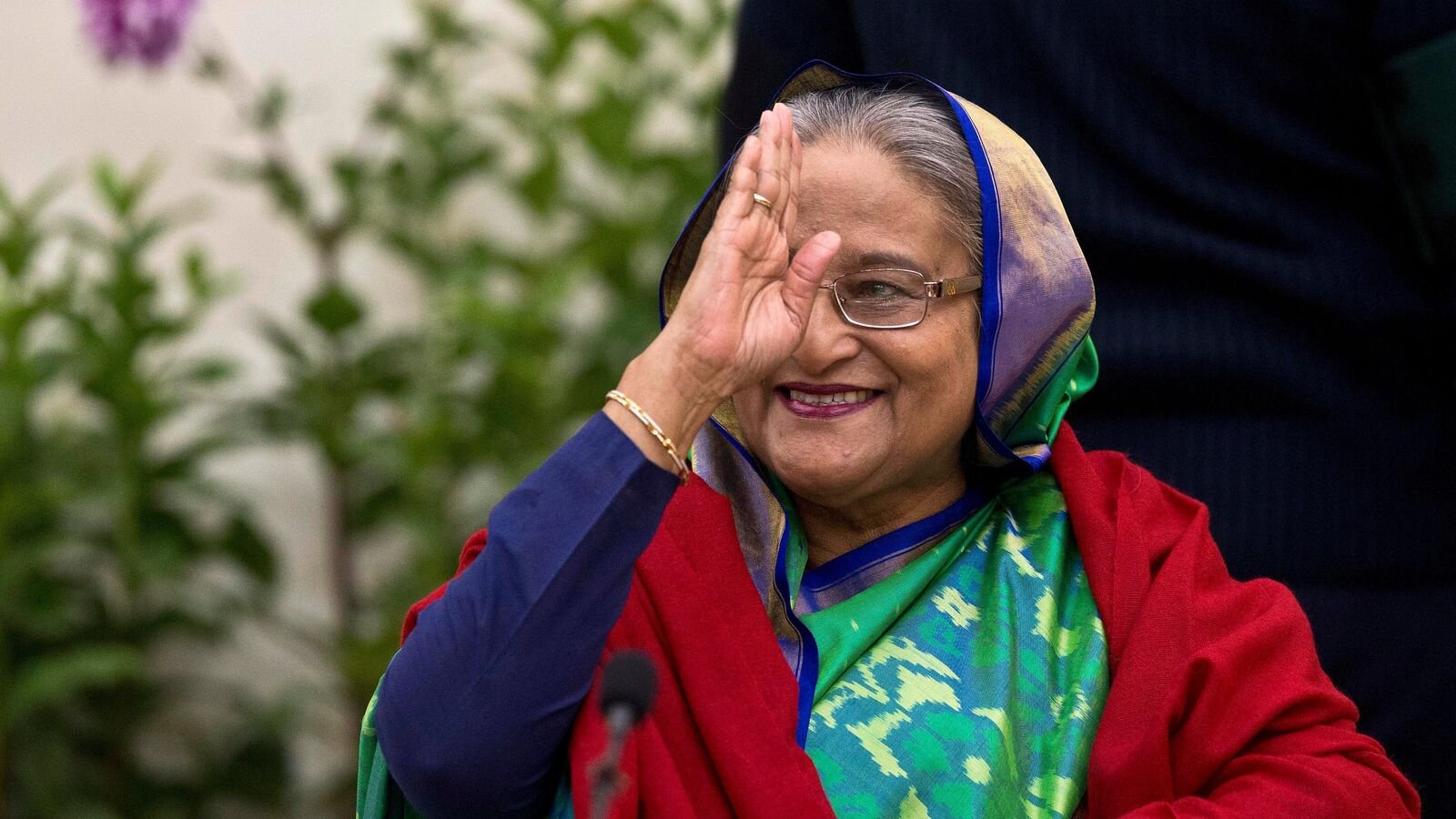Bangladesh protest: Awami League’s Sheikh Hasina resigned as the prime Minister of Bangladesh and fled the country along with her sister in Bangladesh Air Force helicopter. Reports confirm the former PM is headed for London.
Sheikh Hasina resigned as Prime Minister of Bangladesh after weeks of protest that turned deadly. Hasina had been one of the dominant figures in Bangladesh politics since the assassination of her father, independence leader Sheikh Mujibur Rahman, nearly a half-century ago.
But what went wrong in Bangladesh?
The ‘Students Against Discrimination’ group, which led the job quota protests in July, had launched a new wave of demonstrations demanding Prime Minister Sheikh Hasina’s resignation.
Following the Bangladesh Supreme Court’s decision to eliminate most job quotas on July 21, the group initially paused their protests. However, they resumed last week, calling for a public apology from Hasina for the violence, restoration of internet services, reopening of educational institutions, and the release of those detained.
Over the past two days, the widespread unrest has resulted in more than 106 fatalities.
Where it all began: Job Quota in Bangladesh
Sheikh Hasina, renowned for her role in revitalizing Bangladesh’s economy, faced challenges as job growth stagnated during her tenure. The unrest in the country initially stemmed from this stagnation in the private sector, which made public sector jobs, with their consistent wage increases and benefits, increasingly appealing.
Bangladesh students, frustrated by high youth unemployment, were particularly enraged by the job quotas. With nearly 32 million young people out of work or education in a population of 170 million, the issue became a focal point for widespread discontent.
Bangladesh’s flagging economy, once among the world’s fastest growing on the back of the country’s booming garments sector, has stagnated. Inflation hovers around 10% per annum and dollar reserves are shrinking, reports Business Standard.
This led to the demand for reformation of job quota in public sector companies of Bangladesh.
The demonstrations, which began in June, were sparked by the High Court’s reinstatement of a quota system for government jobs, overturning a 2018 decision by Hasina’s administration to abolish it. The Supreme Court’s subsequent intervention suspended the lower court’s order and mandated that 93% of jobs be awarded based on merit.
Hasina’s Razakar comment
Amid growing resentment towards Sheikh Hasina, the former PM of Bangladesh made a statement in July, referring to Razakars, for the ongoing student protests to escalate to violence in the country.
During a press conference at Sheikh Hasina’s residence on July 14, when the prime minister was asked about the student protests, she responded, saying: “If the grandchildren of freedom fighters do not receive (quota) benefits, who would get it? The grandchildren of Razakars?”
Angered by the statement, the protesting students shot back: “Tui ke? Ami ke? Razakar, Razakar! (Who are you? Who am I? Razakar, Razakar!)”.
How Hasina fell from grace in Bangladesh?
Thomas Kean, of Crisis Group, told Al Jazeera that Sheikh Hasina’s resignation is a “a seismic event” in the country’s history but underlined it had come “at a tragic price”, referencing the more than 300 people killed since July 2024.
Kean criticized Hasina’s response to the protests, saying she sealed her fate by handling the situation with “brutality and arrogance” instead of engaging in meaningful dialogue with protest leaders.
This, he told Al Jazeera, pushed Bangladeshis “over the edge.”
Thomas Kean emphasized that Sheikh Hasina’s departure presents an opportunity to “avert further bloodshed” and guide the country “back to genuine democracy.”
The immediate focus should be on preventing additional violence, both from protesters and Hasina’s supporters, Kean advised.
Catch all theBudget News,Business News, Politics news,Breaking NewsEvents andLatest News Updates on Live Mint. Download TheMint News App to get Daily Market Updates.
MoreLess

